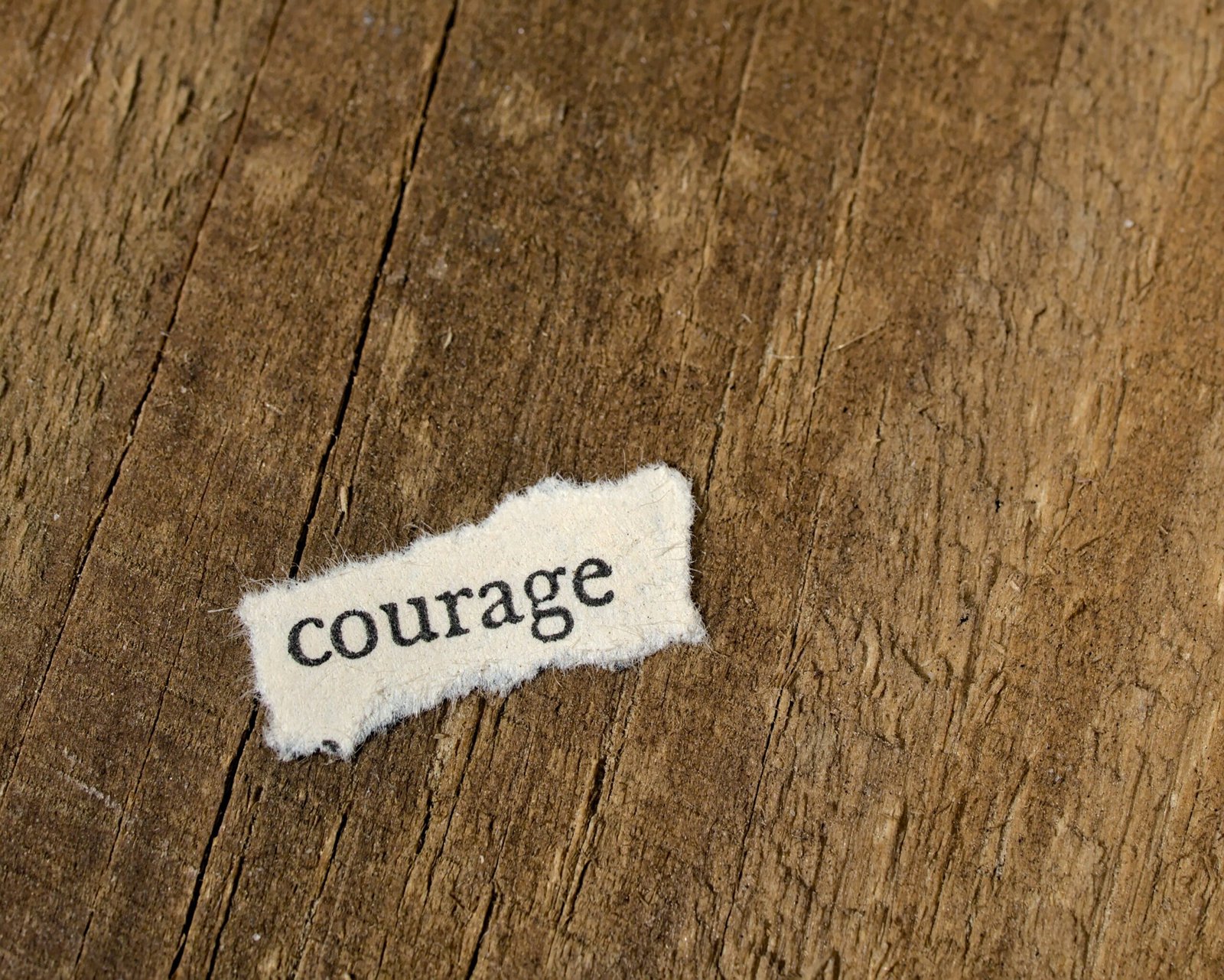When I was just starting out as a freelancer, I often felt like I was lacking experience or skill. Instead of getting to work and taking action, I started reading books and doing research. I thought I was doing everything I could to achieve my goals: I watched tutorials, wrote lists with all my goals, read books on habit forming and taking action, took online courses and tried in every way possible to gain more knowledge. Yet what I failed to see is that yes, all this ‘motion’ gave me information, but it didn’t get me any actual progress/further than I initially was, and it definitely didn’t improve my skills as a designer. What I failed to see is that all this obsession over improvement didn’t actually help me improve: I was stuck in the motion trap.
How to recognize the motion vs. action trap?
Are you writing down stuff on your to do list just to tick it off? Constantly making plans about doing something, but never actually doing it? Taking in a lot of information, without actually putting it to use yourself? All of these things are a sign of you being stuck in motion.
An example
Person A would love to become a pro baker. In two weeks he watches 5 tutorials and reads plenty of books and articles on how to bake bread. After these two weeks he tries to bake a bread, follows the steps he thinks are right, yet his bread tastes awful.
Person B would love to become a pro baker too. On day one and two he reads some articles on how to bake bread. After reading the article, he purchases his supplies and goes right into baking. His first bread is awful, yet he keeps trying and perfecting his techniques. After two weeks of baking bread, he manages to bake bread for his whole family and they all love it.
Person A is stuck in motion, while person B went from motion straight into action. Action equals experience and growth. Motion equals stagnation.
Stop mistaking motion for action
It’s very easy to mistake motion for action. Being in motion can feel like you’re accomplishing a lot, while in fact, you’re just stuck in a vicious cycle of consuming instead of producing. You’re tricking your brain into thinking you’re making progress while in fact you’re just staying on the same level you started on. As James Clear describes in his book ‘Atomic Habits’: “Never mistake motion for action”. It’s really easy to consume information, yet applying it yourself by taking action, is the only thing that will get you results.” Yes it’s good to gain more knowledge on a subject. But you often know more than enough to start already. Besides, you’ll learn way more by doing something than by watching online tutorials, taking courses or reading books.
Reinforcing behaviours
A common reinforcing behaviour in the motion vs. action trap is presenting yourself as busy to the outside world. “I’ve signed up for a course on learning how to paint!” “Oh that’s amazing, you’re always so busy achieving your goals!” Wrong! yes you’re ‘busy’ achieving your goals, yet there’s a major difference between being ‘busy’ and being busy actually achieving something. By enacting this behaviour, you’re not just tricking yourself, you’re reinforcing this feeling of accomplishment by telling others about it and keeping the cycle going.
“I could dream about being an artist and envy people who are, or I could start making art and become one myself.”
So why do we do it?
You know you want to achieve something, so why don’t you just do it? One of the most essential human needs is the need to belong and the need to feel appreciated and important. As William James said: “The deepest principle in human nature is the craving to be appreciated.” We are often subconsciously so afraid of failing and increasing the risk of being judged by others, that we neglect to take action at all. What if I start posting my art and no one likes it? What if I fall and get laughed at? What if someone doesn’t like me?
Staying stuck in motion can give the false promise of safety. No one can judge your work if you haven’t actually made it, while saying you’ve signed up for another course might give you praise and thus makes you feel appreciated.
So how do I overcome it?
There’s some easy steps you can take to start taking action instead of staying in motion.
- Action plan. Yes writing a plan isn’t actually taking action, but it can definitely be a good start to get the ball rolling. Write down a list of all the steps you need to take to achieve your goal, and make it as explicit as possible. A good rule to go by is the SMART rule: make your goals Specific, Measurable, Acceptable, Realistic and Time-bound. By doing this you can clarify your ideas, focus your efforts, use your time and resources productively, and increase your chances of achieving your goals. It’s a good idea to break your goals down into easy actionable steps, so they will become more manageable.
- Make it as easy as possible to start. Make sure all the necessary ‘items’ to start are available at hand. You have a proper workspace to sit at and there are no distractions around you. The easier it is to sit down and do the work, the bigger the likeliness that you’ll start.
- Schedule the work. Make it very clear to yourself when you’re going to do the work. Set a date and a time, and even a place. By doing this you’re making sure you’ll have time for the thing (no other meetings or unimportant things to get in the way) and you’ll give yourself a reminder of your desire to start.
- Discipline and practise. Do the thing, over and over again. Only by practising and repetition will you actually get better at something. Want to become an artist? You can watch 10 tutorials on how to paint a face, yet you still won’t be an artist. However, if you draw every single day, you’ll gain hands on experience and see that progress will come automatically. Want to become fit? You can talk to a personal trainer (motion), watch tutorials on how to do certain exercises (motion), read about nutrition (motion), or you can actually get your ass to the gym and start doing exercise, even if it’s just 15 minutes (action)! Only by working out will you actually become fit.
- Overcome boredom and keep doing the same thing: You can choose to do 10 things at minimum effort and with minimum result, or you can choose one thing and become amazing at it.
By staying stuck in motion, we fool ourselves into thinking we’re actually making progress. Staying in the motion cycle also circumvents the risk of failure, therefore making it a very ‘safe’ and appealing option to stay in. Yet if staying ‘safe’ means staying stuck at the level you started on, this safety is in fact the biggest risk you can take. Whenever I feel like I’m getting stuck in the motion trap, I remind myself: “I could dream about being an artist and envy people who are, or I could start making art and become one myself.”


